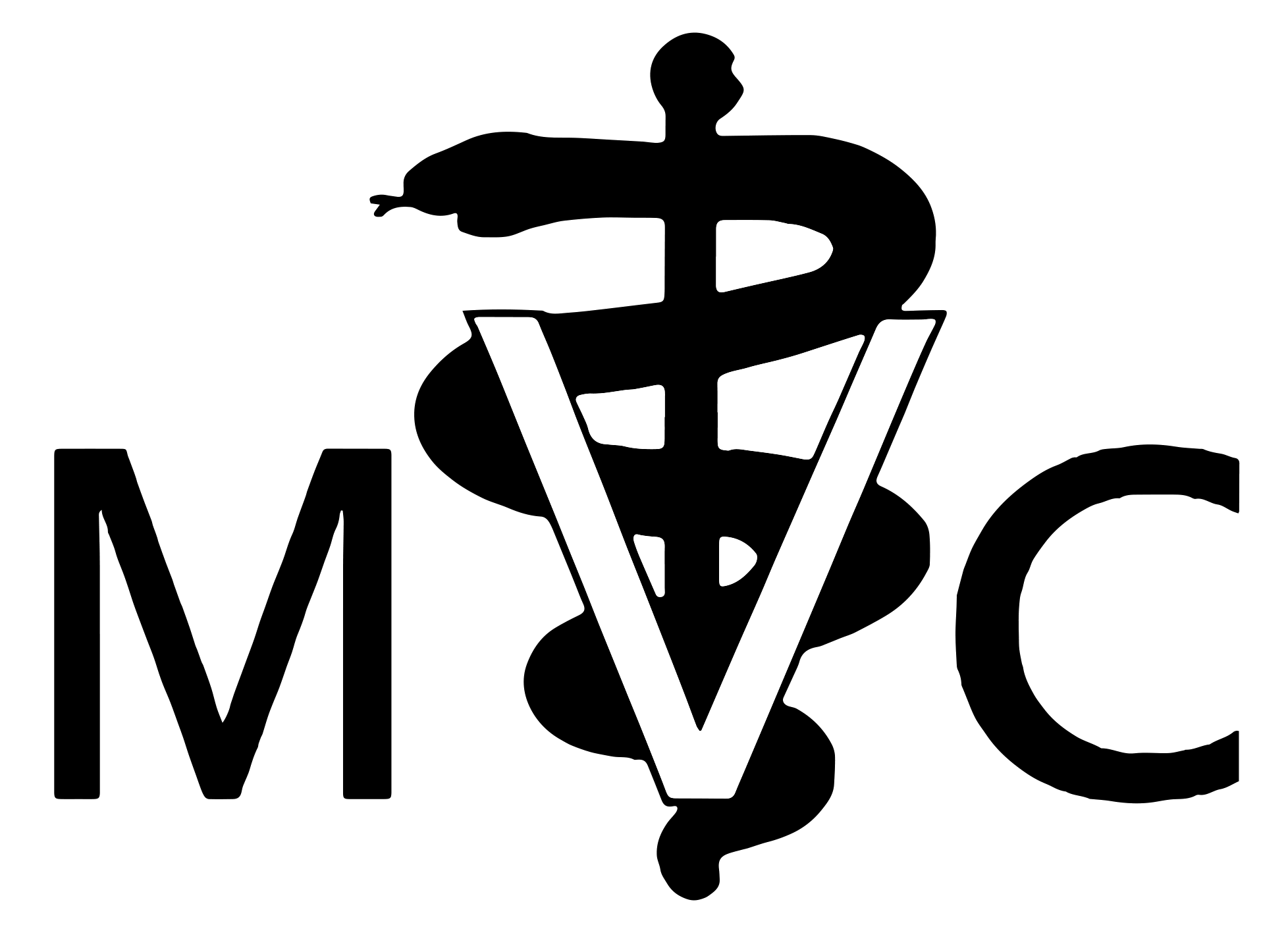These hot summer days here in the U.P. make many of our rivers and lakes very desirable for swimming with your faithful canine companion. As refreshing as it is to cool off, owners need to be very cautious with letting their pet swim in stagnant ponds and lakes for they can harbor a very lethal toxin. That toxin is called blue-green algae.
Blue-green algae is a type of cyanobacteria that blooms on the surface of bodies of water that reside in warm, humid climates. The algae likes to grow in nutrient-rich waters and areas were fertilizer tends to run off into the ponds and lakes. People will notice that these areas will contain a bluish-greenish slime near the edge of the water (see picture above).
The cyanobacteria from blue-green algae creates two types of toxins: microcystins and anatoxins. Dogs will commonly ingest these toxins when they go to drink from the algae-infested waters. Both toxins target the central nervous system and liver. Symptoms of toxin ingestion will develop rapidly within 24 hours. Common clinical signs of microcystins toxicity include vomiting, diarrhea with tarry stools, jaundice, bleeding, disorientation, and seizures. Clinical signs of anatoxin ingestion includes excessive salivation, muscle tremors/rigidity, paralysis, blue discoloration of the skin, difficulty breathing, and coma. Without immediate treatment, dogs can develop permanent liver damage which leads to liver failure and death.
If you as an owner suspect your pet ingested blue-green algae, contact your veterinarian immediately. Treatment is aimed at inducing vomiting right away to rid the toxin sometimes followed by administration of activated charcoal to absorb any toxin left inside the animal. Recovery from a blue-green algae ingestion can be a long and slow process. Many veterinarians will hospitalize and provide supportive care for your dog to monitor liver function and prevent organ failure if caught early enough.
Sadly, due to the aggressive nature and poor prognosis of these types of poisonings, majority of the animals that ingest the toxins are euthanized or die from blue-green algae ingestion. That is why it is important for you as an owner to take preventative action to keep your furry friend safe. Keep your dog away from stagnant ponds and lakes with green scum. Also be aware of sources of water in your garden like bird baths, fountains, and fish ponds. It is important that you routinely clean and treat those water sources as well. There’s nothing wrong with enjoying the cool, refreshing waters we have access to on a warm summer day, but please just be careful out there for your own sake and for your dog’s sake.

Recent Comments